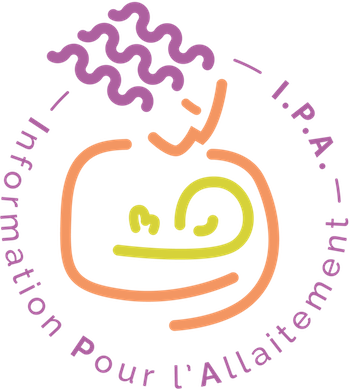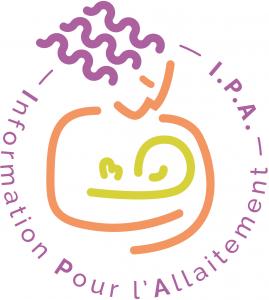Catégories
 > Pratique de l'allaitement > Durée d'allaitement et tétée > Durée de l'allaitement > Pratique de l'allaitement > Durée d'allaitement et tétée > Durée de l'allaitement
Durée de l'allaitement |
Documents disponibles dans cette catégorie (148)
Ajouter le résultat dans votre panier Faire une suggestion Affiner la recherche
Article : texte imprimé
Vasfiye Bayram Deger, Auteur ; Meliksah Ertem, Auteur ; Sema Çifçi, Auteur |Background: The World Health Organization recommends that babies be breastfed within the first hour of delivery and that they should exclusively be given breast milk in the first 6 months. The aim of this study was to ascertain the breastfeeding[...]Article : texte imprimé
Kanika Goyal, Auteur ; Pragati Purbiya, Auteur ; Sandeep N. Lal, Auteur |Introduction: Male bias in India has resulted in an altered sex ratio. It also results in maternal postpartum depression (PPD) and lower breastfeeding rates. We studied depression among fathers in this context. Methods: Edinburgh postnatal de[...]Article : texte imprimé
Article : document cartographique imprimé
P Kaewsarn, Auteur ; W Moyle, Auteur |Breastfeeding's crucial role in infant health is universally recognised and yet there are a number of influences on the duration of breastfeeding. This quantitative study undertaken in Thailand explored whether personal beliefs and values influe[...]Article : texte imprimé
Carol L. Wagner, Auteur ; Sarah N. Taylor, Auteur ; Barbara Haase, Auteur |In designing longitudinal lactation research studies, certain factors must be taken into account that are necessary for the generation of meaningful data. Perhaps more like longitudinal childhood research studies in terms of ongoing changes that[...]Article : texte imprimé
Laura Burnham, Auteur ; Magdalena Buczek, Auteur ; Natalie Braun, Auteur |Background: Infant feeding data are often collected retrospectively through maternal report. Validation studies show that maternal report of initiation and duration of any breastfeeding is accurate but that report of duration of exclusive breas[...]Article : texte imprimé
John Kuumuori Ganle, Auteur ; Vanessa-Marie Bedwei-Majdoub, Auteur |Background Although exclusive breastfeeding of infants has several benefits, in Ghana only 52% of children under 6 months old are breastfed exclusively. However, researchers have not conducted longitudinal observational studies to examine exclu[...]Article : texte imprimé
Objective: Disparities in U.S. breastfeeding rates persist among Black mothers according to birth country and between Black and White mothers, necessitating further investigation of modifiable mediating factors to inform interventions. This stud[...]Article : texte imprimé
Abdurrahman Cahid Orengul, Auteur ; Mahmut Cem Tarakcioglu, Auteur ; Vahdet Gormez, Auteur |Objective: The aim of the present study is to investigate the duration of breastfeeding in relation to various parafunctional oral habits in children with anxiety disorders. Materials and Methods: The study includes 195 children and adolescen[...]Article : texte imprimé
Christine B. Mirzaian, Auteur ; Douglas L. Vanderbilt, Auteur ; Mary Rose Mamey, Auteur |Introduction: Survivors of twin gestations that are complicated by twin-twin transfusion syndrome (TTTS) are at high risk for neurodevelopmental morbidities and there is little known about the benefits of breastmilk in this population. Aim: [...]Article : texte imprimé
Misty AW Hawkins, Auteur ; Janna Colaizzi, Auteur ; Sarah Rhoades-Kerswill, Auteur |Background: Exclusive breastfeeding for 6 months is recommended; however, women with obesity have lower exclusive breastfeeding rates than their normal weight peers. The impact of the timing of maternal excess adiposity onset is unknown. Res[...]















